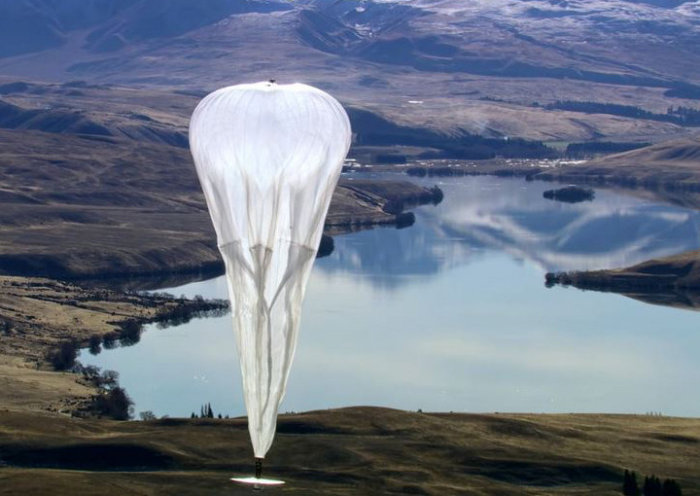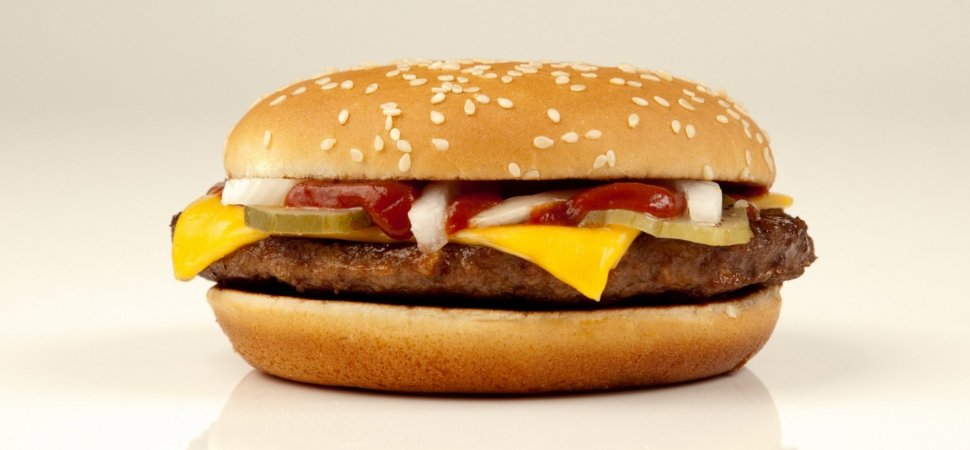The internet has radically transformed the way the world communicates, exchanges ideas and learns. This digital revolution could improve health, education and finances. However, billions of people still do not have access to an internet connection. They are therefore completely left out of all the advantages and benefits that it provides.
Google X, an Alphabet company, started in 2013 with a project to connect the unconnected. Their project called ‘’Project Loon’’ was a radical approach to expand internet connectivity around the globe. The project moved away from the traditional approach to expand internet from the ground. Instead, Project Loon uses the sky as their connectivity platform. Project Loon consists of a network of balloons traveling on the edge of space, with the goal to deliver connectivity to people in underserved and unserved areas around the world (Loon, 2019).
The balloons from Project Loon combine advancements in machine learning, materials science, communications systems, atmospheric modelling and more. They are designed and built to survive in harsh conditions. The balloons are flying 20 km up in the stratosphere, where temperatures can drop to -90° C and winds can blow over 100 km per hour. This led to different challenges for the engineers. Google X managed to create a right type of balloons by using the most essential components of a cell tower and redesigning them to be durable and light enough for the stratospheric conditions (Google X, 2019).
Project Loon has already showed to be very useful in emergency situations after natural disasters. In September 2017 Hurricane Maria hit Puerto Rico, destroying the mobile networks on the island. This led to a loss of internet connectivity on the island. Project Loon managed to deliver emergency connectivity to more than 200.000 people. The project teamed up with AT&T and T-Mobile to establish this (Google X, 2019).
In short, Project Loon is providing great opportunities to increase internet connectivity around the world. Do you think this project will make a big impact?
Bibliography
Loon (2019). Balloon Powered Internet. Retrieved from: https://loon.com/technology/
X Company (2019). Expanding Internet connectivity with stratospheric balloons. Retrieved from: https://x.company/projects/loon/


